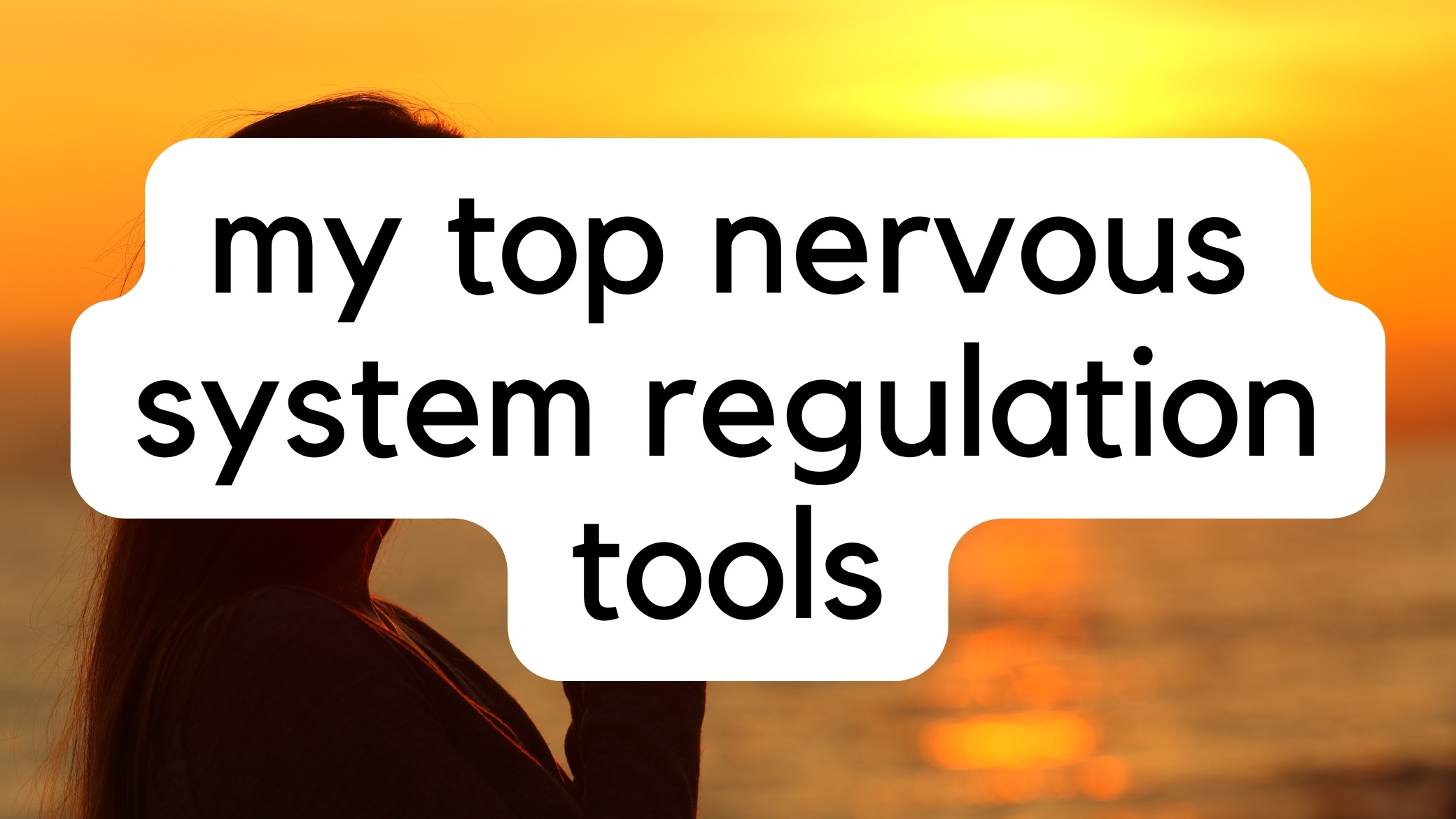
Not All Anemia is Caused by Low Iron
Jul 21, 2025Feeling tired, foggy, or out of breath lately?
Maybe your doctor mentioned low iron or anemia.
But here’s the thing, not all anemia is created equal. And not everyone who feels tired actually needs iron.
In fact, some people get worse when they supplement iron because iron wasn’t the real issue to begin with. Sometimes, it’s a mobilization problem, and other times, it’s a regulation problem.
So how do you know what your body really needs — iron, vitamin A, or copper?
Let’s walk through it together.
🚩 Scenario 1: When You Need Iron
This is the classic situation most people think of, true iron deficiency.
How to tell from labs:
-
Ferritin is low
-
Female: < 50 ng/mL
-
Male: < 75 ng/mL
-
-
TIBC is high
-
Female: > 315 ug/dL
-
Male: > 370 ug/dL
-
-
% Saturation is low ( <30%)
-
Hemoglobin may be low too
Common symptoms:
Fatigue, dizziness, brain fog, hair loss, brittle nails, shortness of breath, cold hands and feet
🩸 What’s happening?
Your body doesn’t have enough iron in storage or in circulation. You genuinely need to rebuild.
✅ What to do:
-
Eat heme iron foods: red meat, liver, clams, dark poultry
-
Cook in cast iron
-
Consider a gentle iron supplement (only if your labs support it)
-
Pair with vitamin C for better absorption
🔒 Scenario 2: When You Need Vitamin A
This is when your iron stores (ferritin) look fine, but your tissues still aren’t getting the iron they need.
How to tell from labs:
-
Ferritin is normal
-
Female: 50-125 ng/mL
-
Male: 75-150 ng/mL
-
-
Iron (< 80 ug/dl) and % saturation (< 30%) are low
-
Retinol (vitamin A) may be low if tested
-
TIBC may be normal or slightly elevated
-
Female: 250-315 ug/dL
-
Male: 250-370 ug/dL
-
Common symptoms when vitamin A is low:
Night blindness, dry eyes, follicular hyperkeratosis (small rough bumps on the skin), impaired growth, weakened immune function, increased risk of infections, and in severe cases, changes to the eye (Bitot’s spots) that can lead to permanent blindness.
🩸 What’s happening?
You have iron in the “warehouse” (ferritin), but you’re not moving it into circulation where it can be used. Vitamin A acts like a key, unlocking stored iron so it can do its job.
✅ What to do:
-
Add preformed vitamin A from food: egg yolks, butter, liver, cod liver oil
-
Avoid excess beta-carotene supplements (not everyone converts it well)
-
Don't take high-dose vitamin A without supervision, especially if ferritin is above 150
🧭 Scenario 3: When You Need Copper
This is where things get sneakier, you might have plenty of iron in your blood, but your body isn't using it properly. The problem is with iron regulation.
How to tell from labs:
-
Ferritin is normal or high
- Female: 50-125 ng/mL
- Male: 75-150 ng/mL
-
Iron is normal or high: 80-100 ug/dl
-
% Saturation is high (above 40%)
-
Copper is low or low-normal (under 90 mcg/dL)
-
Ceruloplasmin is low or borderline (under 19 mg/dL)
-
Hemoglobin may still be low
Common symptoms:
Anemia, fatigue, neuropathy, poor wound healing, bone weakness, vision loss, increased infections, brittle hair, glucose intolerance, and neurological issues like unsteadiness or developmental delay.
🩸 What’s happening?
Iron is present, but disorganized. Copper helps load iron onto transferrin and shuttle it into red blood cells. Without enough copper, iron floats around causing oxidative stress instead of helping oxygen delivery.
✅ What to do:
-
Add copper-rich foods: oysters, beef liver, spirulina, shiitake mushrooms, cocoa powder
-
Consider a low-dose copper glycinate supplement (1–2 mg/day) only if labs support it
-
Support ceruloplasmin with whole food vitamin C, adrenal support, and trace minerals
-
Don’t take iron or vitamin A if your saturation and ferritin are already high
⚠️ Scenario 4: When You Need to Pause and Protect
If both ferritin and saturation are high, don’t reach for any supplements.
🩸 What’s happening?
You might be heading into iron overload, which can damage tissues and increase oxidative stress. This is especially common if iron has been supplemented without testing.
✅ What to do:
-
Focus on antioxidants: vitamin C, E, selenium, zinc
-
Reduce heme iron intake temporarily
-
Avoid vitamin A supplements
-
Check for inflammation, liver issues, or underlying infections
-
Work with a practitioner to investigate further
- Some people may benefit from donating blood
Putting It Together
Iron issues aren't just about "low or high." Your body has systems in place to store, mobilize, and regulate iron, and each system needs different support.
So before you supplement:
✔️ Look at the full iron panel (not just ferritin)
✔️ Check copper and ceruloplasmin if things feel “off”
✔️ Consider whether your body needs more iron, a mobilizer like vitamin A, or a regulator like copper
When you support the right piece, your energy, focus, and vitality come back naturally.
If you’re unsure which category you fall into, I always recommend starting with a full iron panel plus copper markers — and using food as your first line of support.
Your body isn’t broken. It’s just asking for the right kind of help.
Have a question? Connect with me inside of my free community
💌 Like what you're reading?
Join my Inner Circle to get weekly insights that go even deeper — plus early access to new articles, webinar invites, and exclusive tools to support your healing journey.





